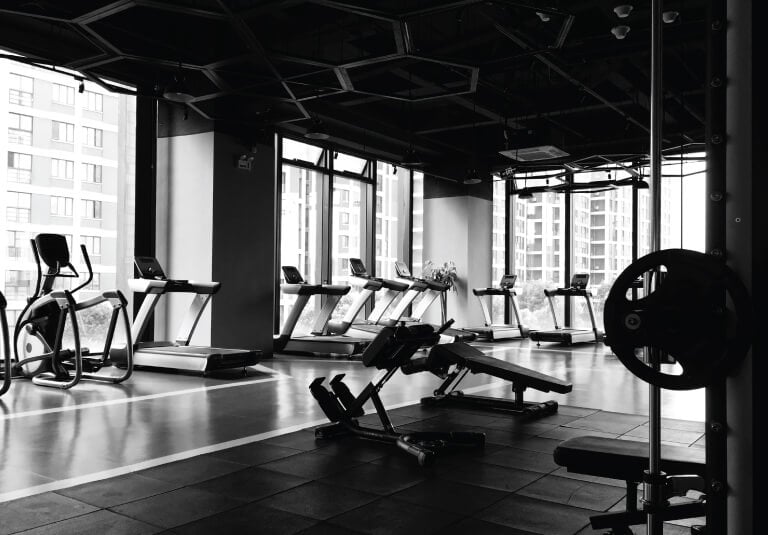5 Types of Workouts

Table of Contents
1. Strength training
Strength training is about building muscle.
Weight bearing exercises include any activity in which you hold yourself up against gravity. Climbing stairs, jumping rope and hiking, for instance, tax your heart and turn up a sweat, but they also strengthen your lower-body muscles, including your quads, glutes and hamstrings, which help you maintain balance. Traditional strength moves also quality as weight training including:
Body weight squats
Cross-country skiing
Running
Non-weight bearing exercises include activity that involves sitting or laying down. Isolation exercises on strength machines include:
Leg presses
Seated rows
Seated biceps curls
Leg extensions
Hamstring curls
Calisthenics include body weight exercises. They’re ideal for beginners because they help you learn movement patterns and build functional strength that’s needed to graduate to using weights. But seasoned weightlifters can benefit from body-weight exercises, too, by incorporating more challenging variations into their routines or returning to the basics to warm up before heavier lifts. Here are some examples:
Pull-ups
Planks
Lunges
Handstands
Weightlifting is the natural progression for those who feel comfortable doing body weight exercises. You can use dumbbells, and barbell exercises, medicine ball, kettlebells, resistance bands and many other types of equipment.
Rows
Lunges
Bench presses
Deadlifts
2. Aerobic Training
Activity that you do for more than a few minutes falls within this category. Alternatively, you can do at least 75 minutes of vigorous aerobic exercise. When doing high-intensity exercise, alternate periods of work and rest. For example, sprint for 30 seconds and recover at a jog for one minute; then repeat.
Rowing
Swimming
Cycling
Dancing
3. Balance and Stability Training
Dynamic balance work is a type of fitness training that tests your ability to stand on one or two legs while moving other parts of your body. The good news is that many of the activities you do to build strength will also improve balance. Balance is partly a matter of developing your small stabilizer muscles that provide support and keep you steady.
Single-leg yoga poses
Tai chi
Single-leg deadlifts
Stability ball exercises
4. Coordination and Agility Training
Agility is the ability to move quickly and easily, but this type of fitness training isn’t just for athletes.
Quick feet
Side steps
High Knees
5. Flexibility and Mobility Training
Flexibility is the ability of your muscles to stretch. Mobility is being able to move your joints and tissues through their full range of motion. Dynamic exercises are ideal for warming up your joints and muscles prior to exercise. Examples include:
But Kicks
Side steps
High Knees
Static stretching help relieve tightness in the muscles. Post-workout stretches can help reduce soreness and recover more quickly.